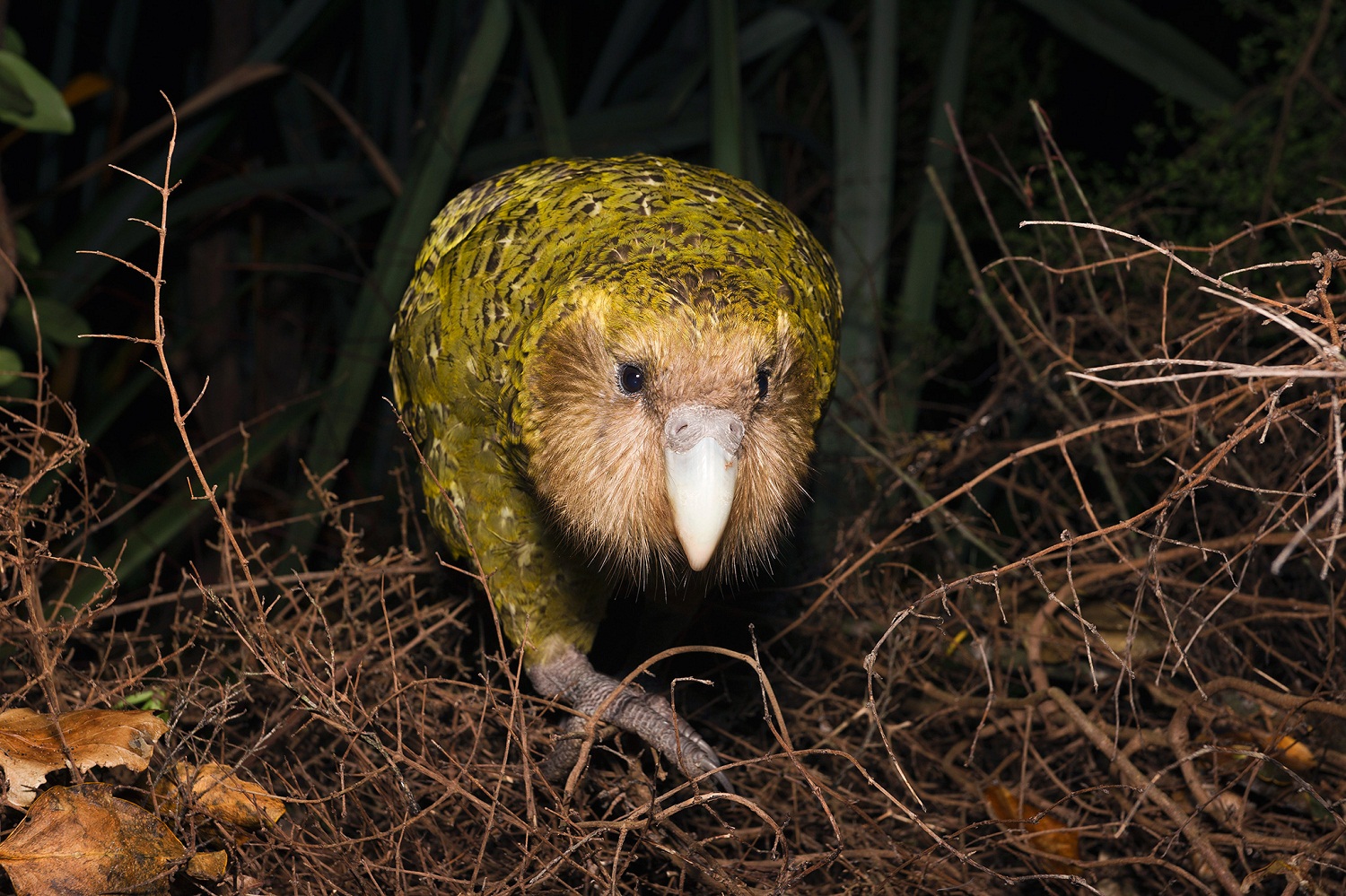Birds on Islands Are Losing the Ability to Fly

Before the arrival of humans—and the rats, cats, and other predators that we brought—New Zealand was an idyllic haven for birds. Without ground-dwelling mammalian hunters to bother them, many of the local species lost the ability to fly. There’s the kakapo, a giant, booming parrot with an owl-like countenance; the takahe, weka, and other flightless relatives of coots and moorhens; a couple of flightless ducks; and, of course, the iconic kiwi. These birds are part of a pattern that plays out across the world’s islands. Wherever predators are kept away by expanses of water, birds become flightless—quickly and repeatedly. This process has happened on more than a thousand independent occasions, producing the awkward dodo of Mauritius, the club-winged ibis of Jamaica, and the tatty-winged flightless cormorant of the Galapagos. The call of the ground is a strong one, and it exists even when the skies are still an option. Natalie Wright from the University of New Mexico demonstrated this by collecting data on 868 species. She showed that even when island birds can still fly, they’re edging towards flightlessness. Compared to mainland relatives, their flight muscles (the ones we eat when we tuck into chicken breasts) are smaller and their legs are longer. “Pretty much all island birds are experiencing these pressures to reduce flight, even if some can’t go to the extreme,” Wright says. Her results show that flying isn’t a binary thing, with a clear boundary between taking to the air and staying on the ground. Instead, there’s a full spectrum of abilities between aeronautical swifts and shuffling kiwis, and island birds exist on all parts of that continuum. “None of the species I looked at were flightless or close to being truly flightless,” says Wright. “There’s no point where, all of a sudden, they have much smaller flight muscles.” Her study began about 20 years ago, when her undergraduate advisor David Steadman started weighing the flight muscles of birds at the Florida Museum of Natural History. When Wright got her hands on the data set, she noticed thatfruit doves had smaller flight muscles on islands that were further from the mainland. She then travelled to five natural history museums herself to examine more skeletons. For each one, she measured the long bones in the lower legs and the size of the breastbone—the latter revealed how heavy the bird’s flight muscles would have been in life. Across nine major groups of birds, with a wide range of lifestyles, body shapes, and diets, Wright found the same trend. On smaller islands with fewer species, no mammalian predators, and fewer birds of prey, birds have repeatedly reallocated energy from forelimbs to hindlimbs, away from big flight muscles and towards longer legs. To her surprise, the trend even applied to hummingbirds, for whom flying is an inextricable part of life. Hummingbirds hover in front of flowers to drink nectar. A flightless hummingbird is a dead hummingbird. And yet, even though “islands hummingbirds look like hummingbirds when they fly, they were still reducing their flight muscles and evolving longer legs on islands without predators,” says Wright. The same was true for kingfishers, flycatchers, tanagers, honeyeaters, and other groups that are extremely dependent on flight. Wright studied the Todiramphus kingfishers across 27 Pacific islands. “Members on islands with fewer than 20 species of birds, which don’t have any predators that can kill an adult kingfisher, have much smaller flight muscles and much longer legs than any members on larger and more populated islands,” she says. “They sit on perches and fly out to grab prey. Their foraging style requires flight, but they’re edging towards flightlessness.” Why? It’s easy to see why a diving bird like a cormorant or a ground-dwelling one like a kakapo might lose its ability to fly when predators are absent. But why should a hummingbird or kingfisher, which flies all the time, sacrifice some of its aerial prowess? Because flight muscles come with a cost. Even at rest, larger ones require more energy to maintain. So if birds can get away with smaller ones, evolution pushes them in that direction. Large flight muscles are especially useful when birds take off. That’s the most energetically demanding part of flying, and the bit that’s most important for escaping from ground predators. If such predators are absent, birds can take off at a more leisurely pace, and they can afford to have smaller (and cheaper) flight muscles. (This might also explain why they developed longer legs: they take off more by jumping than by flapping.) Wright’s results suggest that island birds might be more vulnerable to introduced predators than anyone appreciated. Even those that can fly aren’t as good at it as their mainland counterparts. They may also help to explain why island birds diversify into such wondrous forms. When they settle in a remote landmass, even the flying ones might quickly lose the power they need to cross oceans and find new homes. Islands, it seems, create birds that stay on islands.

